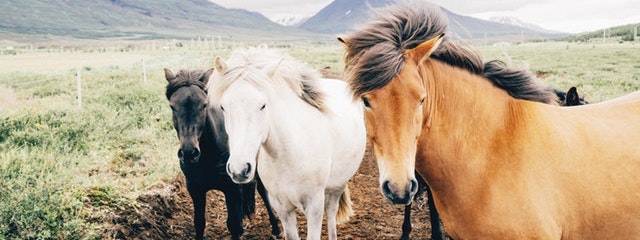|

Autumn is here and with the cool seasonal change often comes in increase in the number of cases of colic.
Colic is a pretty broad term used by vets and horse owners alike to describe any form of abdominal pain. Most of us are familiar with the common signs – pawing, rolling, sweating, dullness, and inappetence, to name a few. There are a huge range of different causes of colic, however the increase in cases during the Autumn months can be attributed to a couple of factors.
1. Lack of pasture cover
Following the Summer, pasture on offer is usually limited and of low quality and poor digestibility. Horses will tend to graze closer to the ground and in sandy soils this can lead to ingestion of significant amounts of sand. This sand can accumulate and consequently cause irritation within the digestive system, resulting in sand colic.
2. Cooler weather
Cooler weather can lead to reduced water intake. Given the lack of pasture availability, hay is often fed to cover the feed gap. This high fibre diet, combined with inadequate water intake, means that the digestive tract can be lacking in the moisture it needs to run smoothly and impaction colic can be the result.
Tips to prevent colic this Autumn:
+ Always provide fresh, readily accessible water
+ Supplement the diet with small amounts of salt to encourage water intake
+ Avoid overgrazing pasture, and feed hay or grain in feeders to prevent sand ingestion
+ Ensure dietary changes are always made gradually
|
